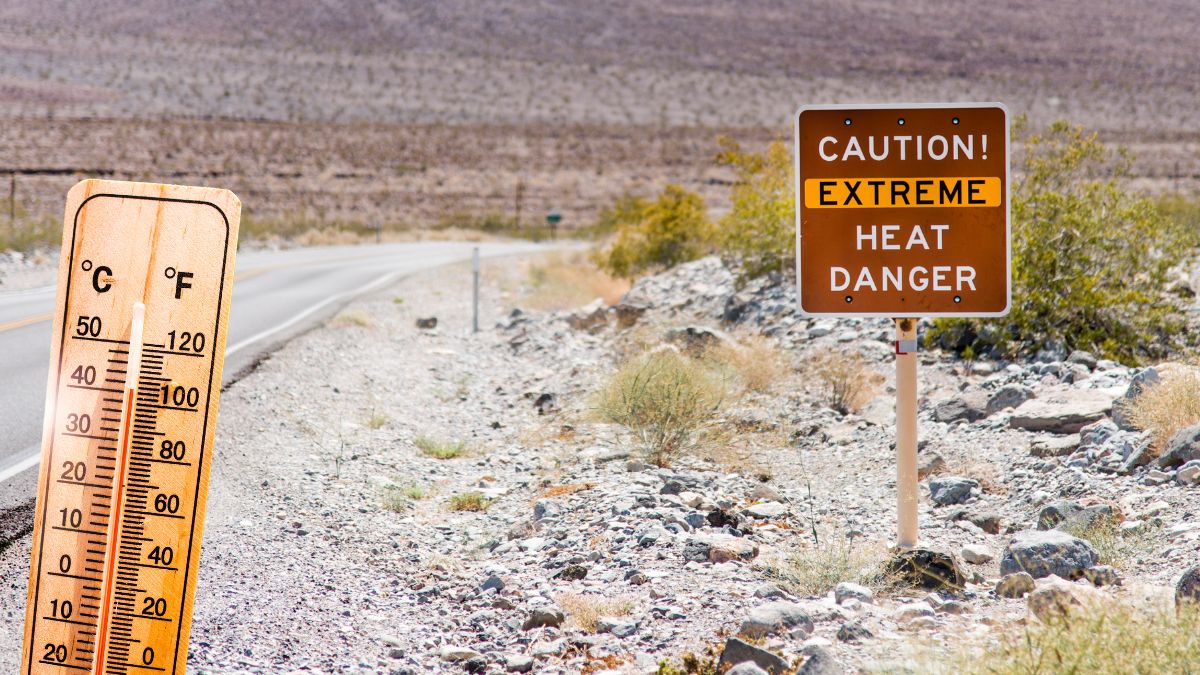Between 1990 and 2019, over 153,000 annual deaths worldwide were linked to this worrisome phenomenon.
The increase in global temperatures is one of the most concerning issues for human survival. As the Earth continues to warm, the consequences become increasingly severe, endangering the lives of many individuals.
| Important links |
|---|
| Click Here for see al New News |
| PAYMENTS |
| stimulus checks |
| Social Security |
Climate Change in the Earth
Scientists have dedicated their efforts to studying a crucial measure that evaluates the stress caused by heat on the human body. Extreme heat has been identified as one of the leading causes of death in various countries.
A recent study revealed that from 1990 to 2019, over 153,000 deaths per year worldwide were associated with heatwaves. Asia was the most affected region in absolute terms, while Europe experienced the highest relative mortality rate considering its population.
- Heat stress is a critical measure for understanding the impact of rising temperatures on human health.
- Extreme heat is a major cause of mortality globally.
- Between 1990 and 2019, heatwaves were responsible for over 153,000 deaths annually.
- Asia faced the most significant impact in terms of absolute numbers.
- Europe had the highest relative mortality rate when considering its population.
Understanding and addressing the effects of climate change is essential to safeguarding human health and survival. The data clearly shows that as global temperatures rise, so does the risk to human life. Immediate and effective action is imperative to mitigate these dangers.
Development of the Research
The research, spearheaded by Yumung Guo from Monash University in Australia, and in collaboration with Spanish researchers, utilized data from the Multicountry Multicity Collaborative Research Network (MCC). This comprehensive study analyzed daily deaths and temperatures across 750 locations in 43 countries. In Latin America and the Caribbean, the findings revealed a staggering 3,405 annual heat-related deaths, which translates to 62 deaths per ten million inhabitants.
Which Areas Will Become Uninhabitable in the Future?
NASA has raised alarms about the risk of certain regions on Earth becoming uninhabitable due to extreme climate conditions. Using a thermal index known as the “wet-bulb” temperature, scientists are projecting how the human body will be able to cope with the changing climate.
Key Points from the Study
- The study was conducted by an international team led by Yumung Guo.
- Data from the MCC Collaborative Research Network was utilized.
- 750 locations in 43 countries were analyzed.
- Latin America and the Caribbean recorded 3,405 annual deaths due to heat.
- NASA warns of potential uninhabitable areas due to extreme climate conditions.
As climate change continues to evolve, understanding these projections becomes crucial. Stay tuned to our blog for more insights and updates on climate research and its global implications.
Understanding the concept of wet-bulb temperature is crucial for comprehending how heat and humidity impact human health. The wet-bulb temperature represents the lowest temperature to which an object can cool down when moisture evaporates from it. This index measures our ability to cool ourselves through sweating under hot and humid conditions, and it helps predict whether these conditions might become dangerous or even fatal for our health,” explained NASA.
The Critical Threshold: 35°C Wet-Bulb Temperature
Colin Raymond, from NASA’s Jet Propulsion Laboratory, highlighted in a 2020 study that a wet-bulb temperature higher than 35°C for extended periods poses a significant risk to human life. “Once the wet-bulb temperature reaches 35°C, no amount of sweating can cool the body to a safe temperature,” Raymond noted.
Which Regions in Spain Face Severe Heat Risks?
According to the report The Future We Don’t Want, which is based on data from four NCCS (NASA Center for Climate Simulation) satellites, regions such as Madrid, parts of the Comunidad Valenciana, and Andalucía will experience three consecutive months of temperatures at or above 35°C by 2050. The positive aspect is that these regions are not as humid as more tropical areas.



